Signage Provisions in Commercial Leases
Signage provisions are frequently an important component of commercial leases, particularly in retail environments where visibility and brand recognition play a critial role in a tenant’s success. The signage provisions in a lease outline the terms under which tenants may install and maintain signage on and around their leased premises. For both landlords and tenants, clear and well-negotiated signage clauses are essential to avoid misunderstandings and ensure that all parties’ expectations are met.
Importance of Signage in Commercial Real Estate
In the competitive landscape of commercial real estate, signage is more than just a marker indicating the presence of a business—it is a powerful marketing tool that can attract customers and build brand identity. For tenants, especially retail tenants, prominent signage is often a critical factor in driving foot traffic and ensuring that their business stands out in a crowded marketplace. Consequently, tenants seek to maximize their visibility through signage that effectively communicates their brand and offerings. At the same time, Landlords are frequently tasked with maintaining a consistent look across a larger property of which an individual tenant may only be leasing a portion. To maximize the appeal of the property as a whole, a landlord will often times impose a set of signage criteria on the project and landlords and tenants will have to work together to find a signage solution that works for both of them and complies with applicable zoning requirements and other laws.
Landlord and Tenant Considerations
Tenant’s Obligations and Approvals
While tenants desire impactful signage, they must adhere to several requirements. One key obligation is ensuring that all signage complies with applicable laws, including local zoning ordinances, building codes, and any specific regulations related to signage. Beyond legal compliance, tenants must often obtain the landlord’s approval for their signage plans. This approval process is designed to ensure that the signage aligns with the aesthetic and branding standards of the larger property or project in which the leased premises are located.
Landlords typically establish design guidelines that dictate the size, color, materials, and placement of signage. These guidelines help maintain a cohesive and attractive appearance throughout the property, which is particularly important in multi-tenant complexes such as shopping centers or office parks. By retaining approval rights, landlords can prevent signage that may detract from the property’s overall appeal or disrupt the harmony of other tenants’ branding.
Shared Signage and Cost Allocation
In addition to individual signage on the leased premises, many commercial properties feature shared signage, such as monument or pylon signs, which list the names of multiple tenants. These shared signs are valuable for providing visibility from a distance and directing potential customers to the property. Typically, the landlord is responsible for the installation and maintenance of these shared signs, but the costs are often passed on to the tenants, either through a direct charge or as part of the property’s common area maintenance (CAM) fees.
Because shared signage can be a key driver of foot traffic, tenants may negotiate specific terms regarding their inclusion on such signs. This may include the size and placement of their name or logo on the sign, as well as assurances regarding visibility. Tenants with significant bargaining power might secure exclusive or preferential positions on these signs, ensuring greater prominence relative to other tenants.
Advance Approval and Renderings
To minimize disputes and misunderstandings, it is often beneficial for tenants to provide detailed renderings of their proposed signage during the lease negotiation process. These renderings can be reviewed and approved by the landlord, and once agreed upon, they can be attached to the lease as an exhibit. This advance approval helps set clear expectations and reduces the likelihood of future conflicts over signage design and placement.
“Coming Soon” Signage
For tenants preparing to open a new location, the right to display “coming soon” signage can be an important marketing tool. This type of signage generates anticipation and informs potential customers of the upcoming opening, which can be crucial for building initial business momentum. Retail tenants, in particular, may negotiate for the right to place such signage on the exterior of the premises in advance of their official opening date. This not only helps to create buzz but also allows for early brand recognition in the local market.
Signage Removal and Restoration
Another critical aspect of signage provisions is the requirement for tenants to remove their signage upon the expiration or termination of the lease. Tenants are generally responsible for restoring the facade or any other areas affected by the signage to their original condition, subject to normal wear and tear. This includes repairing any damage caused by the installation or removal of the signage. Failure to comply with these obligations can result in additional costs or deductions from the tenant’s security deposit. A wrinkle on the general obligation for tenants to remove their signage at the expiration of a lease term is that, in certain municipalities the permitting process is much easier to change an existing sign rather than to install a new one. In such instances, landlords may require that exterior signage remain on the premises at lease expiration in order to facilitate sign installation for the next tenant. In such instances, tenants may require that the sign be rendered anonymous or illegible by being bagged or having the sign panel inverted.
Conclusion
Signage provisions are frequently an important element of commercial leases, particularly in retail settings where visibility is key to business success. By carefully negotiating these provisions, both landlords and tenants can protect their interests and ensure that signage serves its intended purpose effectively. Addressing signage issues during lease negotiations helps prevent disputes and ensures a smooth relationship between landlords and tenants throughout the lease term.



